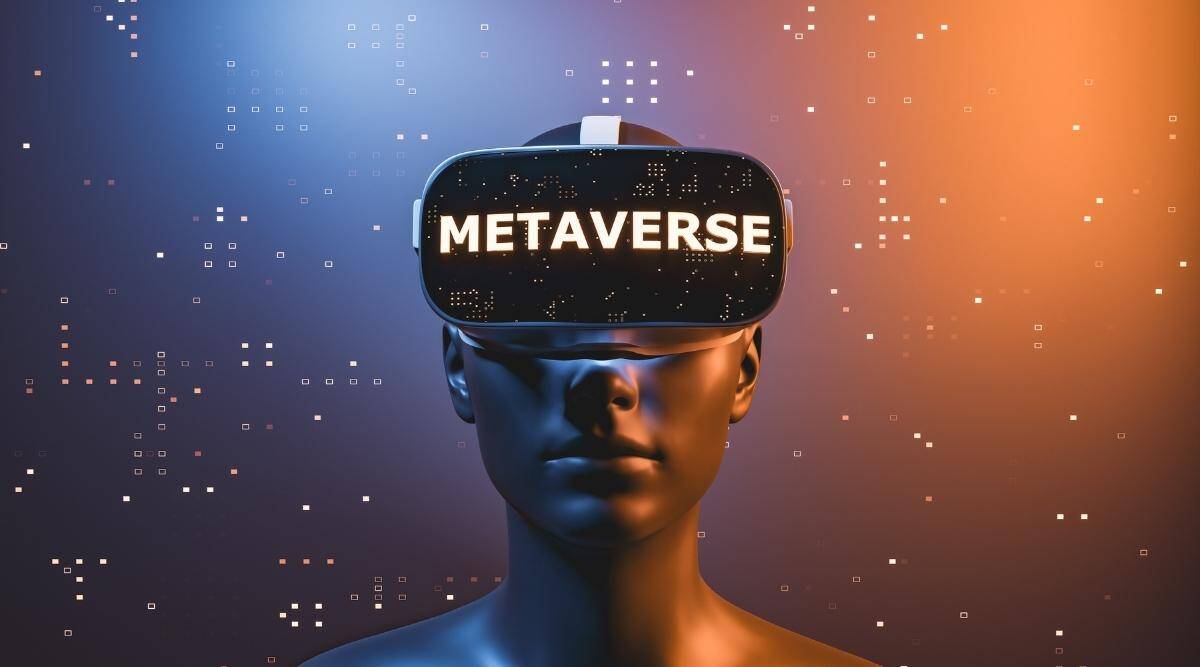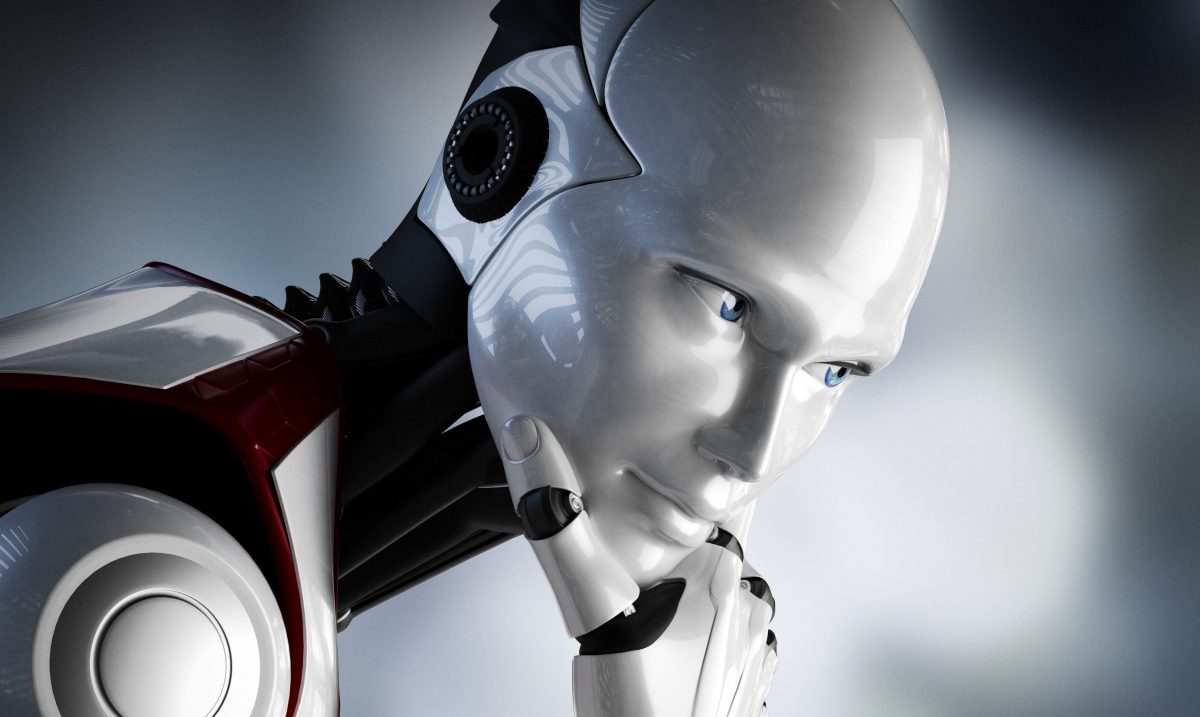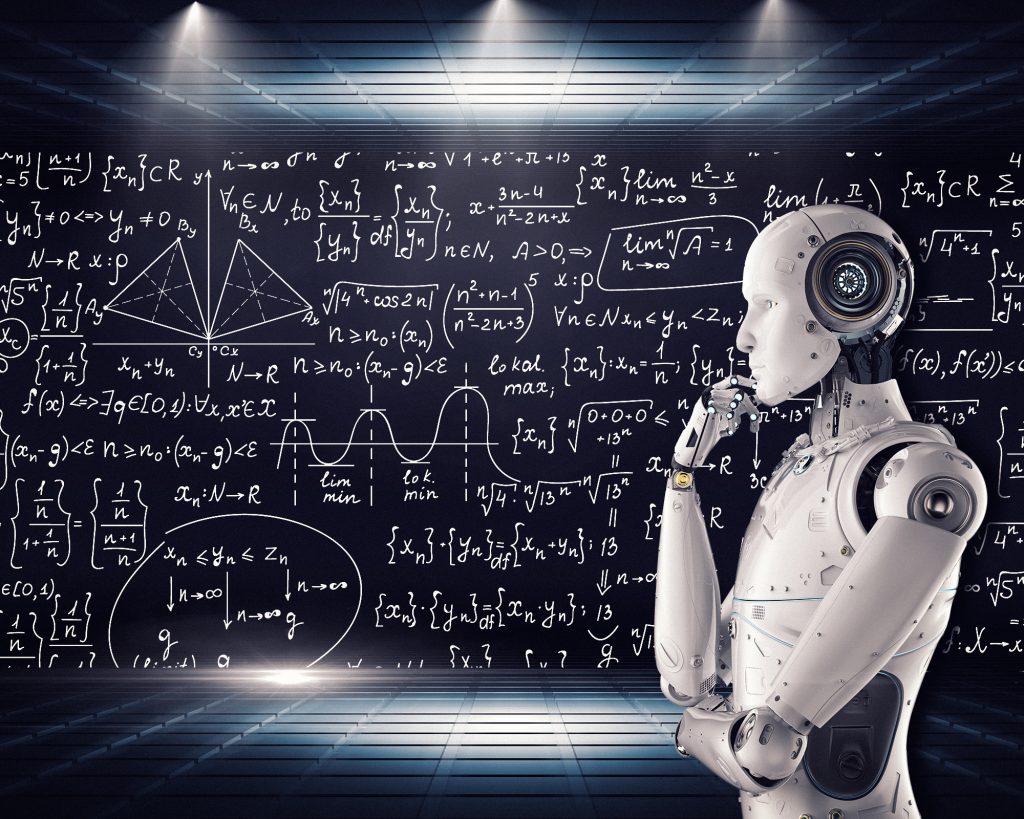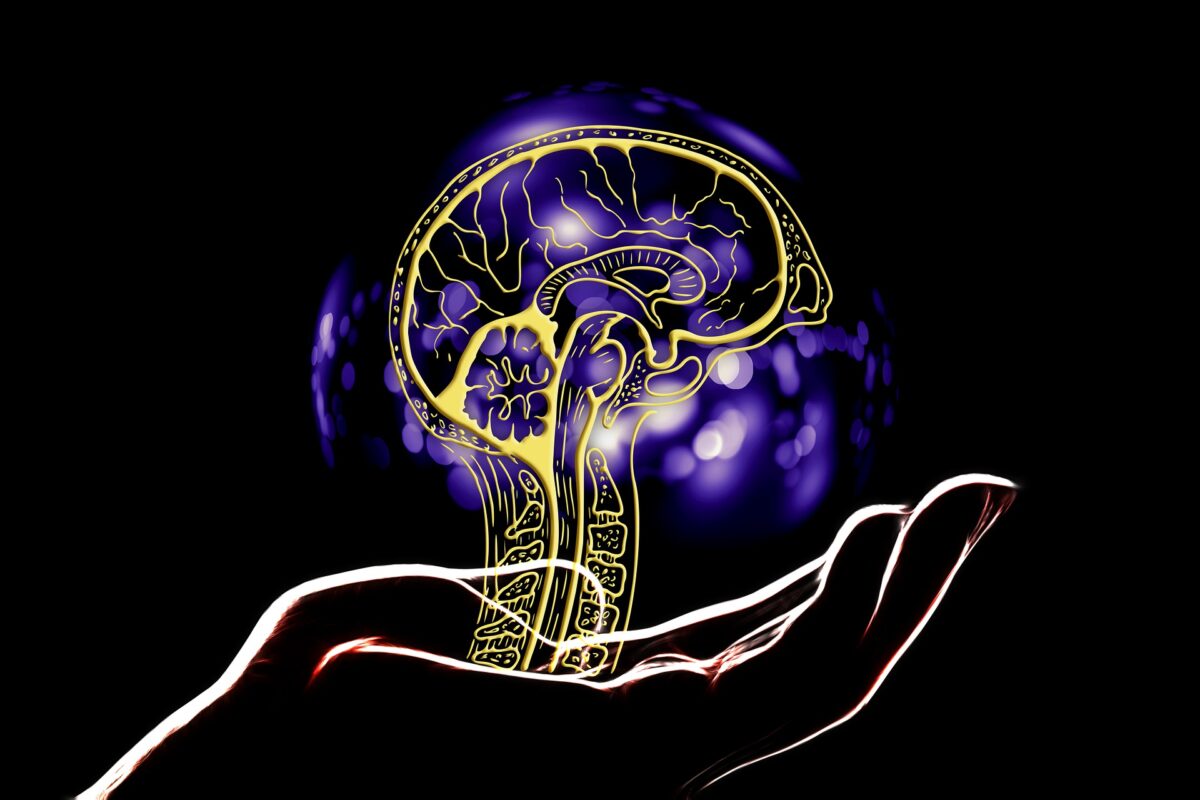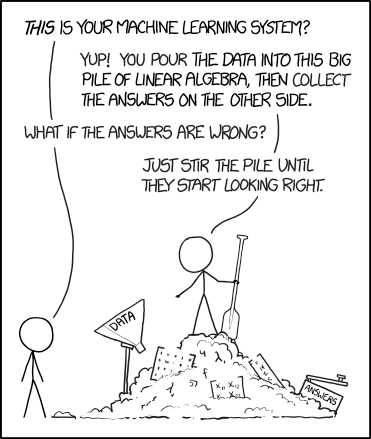Even though we do not have the Metaverse yet, the ethical rules which accompany its implementation should be created and set as standard as soon as possible. Shaping the ethics of the Metaverse is especially vital since we will not encounter 1 single platform, but rather many of them, each of them having a different vision for designing our virtual reality. Based on early experiments with digital environments, we can expect a significant number of bullying/ harassing incidents, if no regulation is implemented as to the Metaverse ethics.
What should be prevented, is the self-regulation in form of internal ethical boards which was applied in the case of AI technology. In my opinion, we can not expect that companies that create “independent” ethical boards within the company truly have the public interest in mind. Rather, they likely won’t address issues (such as enforcing racial biases through AI) in ways that would harm their financial condition, with Facebook as an example of a company that could substantially limit the abuses on the platform with AI, but will not do so, since it would mean decreased user engagement on the platform. Thus, we can not trust that the companies themselves will address an ethical implementation of Metaverse since it is likely to collide with their financial profit.
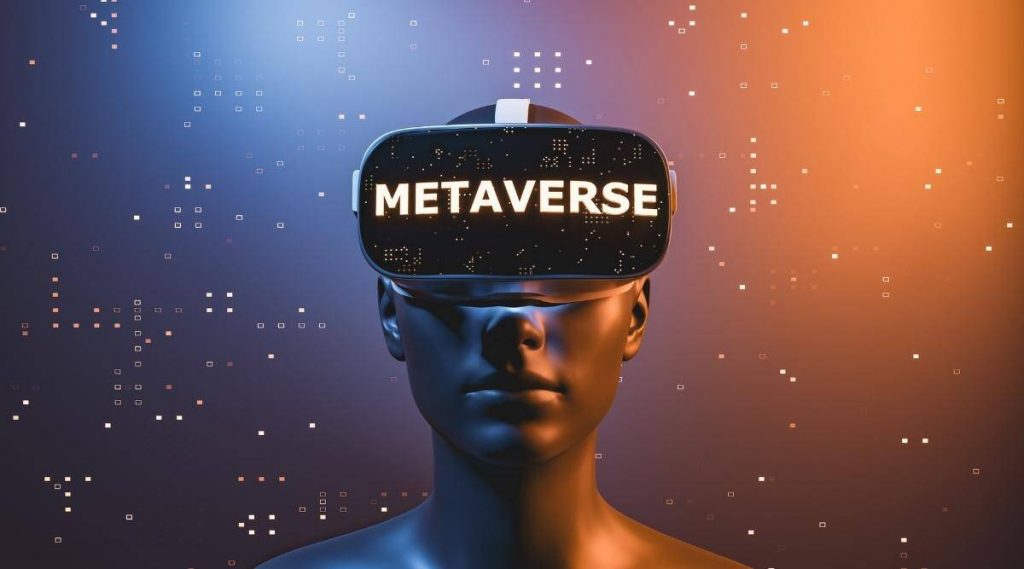
The issue of ethics in the Metaverse should be addressed by an independent, worldwide board, which would introduce an effective oversight, taking into account the security and privacy of the Metaverse users’. In contrast to the AI being mostly governed by soft law (ethical guidelines, which don’t legally bind organizations), Metaverse should, in my opinion, be governed by hard law, as it is even more threatening to users’ privacy and safety (Jobin et al., 2019). The question, however, remains: would countries agree to adopt the hard law? And wouldn’t it limit the development of Metaverse?
Sources:
Jobin, A., Ienca, M. and Vayena, E., 2019. The global landscape of AI ethics guidelines. Nature Machine Intelligence, 1(9).
Entsminger, J., 2022. Who will establish Metaverse ethics?. Project Syndicate. Available at: https://bit.ly/3Mhnnlk (Accessed: 9th October 2022).
TechDesk, 2022. 8 things you can’t do in the metaverse: A look into this new virtual world. TheIndianEpress.Available at: https://indianexpress.com/article/technology/crypto/8-things-you-cant-do-in-the-metaverse-a-look-into-this-new-virtual-world-8156570/ (Accessed: 8th October 2022).
